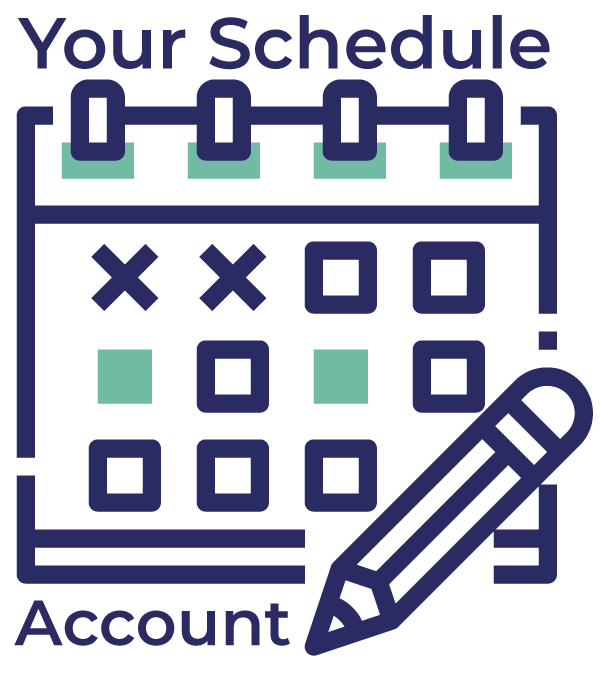
Back to Remote Learning
“Back to school” is always a time filled with questions; even more so now. Luckily, Tina Kruse has some incredible advice on how to make the most of remote learning. As a professor of educational psychology, she has worked with hundreds of students in the past 20 years.
Kruse created a simple but comprehensive list of concrete steps every student can and should take to make the most of it. She says everything boils down to one statement: “Sit in the front row.”
The nature of remote learning is no different. School hasn’t changed.
Only the venue has. Even if a funeral takes place at an arcade, you should still wear a suit. The easiest way to make the most of your learning, then, is to adopt and consolidate mindsets of flexibility (in regard to your platform for learning) and traditionalism (re: your educational etiquette).
Because of Zoom, students have the option to sit in the back corners of the room. They can mute their mics, cut their cameras, and allow themselves to be distracted by anything in their immediate area.
Come back! We teachers miss you! We are going through the same thing while teaching virtually. Tempted by similar distractions. The only difference is that we don’t view them as different circumstances. We act as if students are in the room.
Here’s her list:
When classes are virtual, you still have the chance to be a front row student.
- Check your class material for each subject early, as soon as it’s released in every class.
- Get to a Zoom meeting first and make yourself nod and look at the teacher in a synchronous class. (We love that and miss your nods desperately).
- Raise your hand. Send emails or chats to your teachers to engage them; do not hide in the proverbial back row. Make up questions to ask if you must.
This one is big. The more a student engages with their teacher, the more they demonstrate effort and interest in succeeding. Teachers want to help and work with students who put the effort in, even and especially with remote learning.
- Write notes constantly, even when you don’t think you need to or don’t think anyone will care if you are. Your brain cares. It will eventually matter to your learning (I promise this).
Writing on paper has been shown to function like an additional brain. An external hard drive, if you will.
- Sit up straight in your chair. Sure, you can take an online class on your bed, but you don’t think as clearly when you are slouched. I am not being posture police, I am referring to embodied cognitive science here.
- Write down all the things in your planner. Use the multi-colored pens of the front row kids. Pretend your entire semester depends on how orderly your planner is…because it is. Note on planners: anything works really as long as you write it and you don’t lose it, whiteboards, notebook, etc. Fancy monogrammed books aren’t mandatory here.
- Go to study hall. You may no longer have one assigned but pretend you do: act like you go to the library to do homework and have to be quiet in there, even if it’s actually your living room and the only one bothered by your presence is your dog.
It’s healthiest to think of this time as a transfer to a new school called home: all the behaviors and steps for success are exactly the same. We’ll see you in the front row!






